Innovation is key to the success of many agribusiness companies. Dairy co-ops, for example, have used this approach to transform their primary ingredient and waste streams, milk and whey, into high-value products to become major players in the international food industry.
Clonbio Group, an Irish-owned renewable energy and nutrition company based in Hungary, has adopted a similar strategy and is rapidly diversifying from primarily producing maize-ethanol for fuel to a range of high-value products. In a little over 10 years, the company has grown to rival the successes of major Irish food companies like Kerry Group and Glanbia.
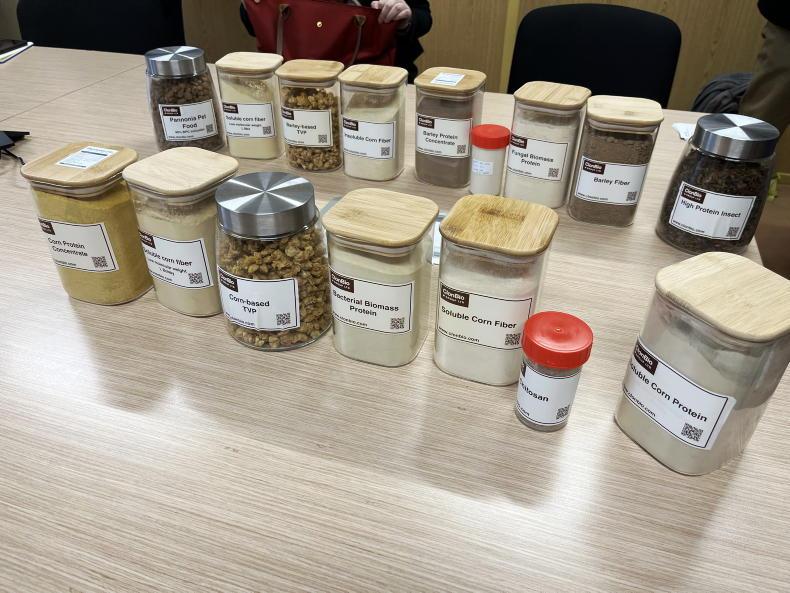
The range of food and feed products produced by Clonbio.
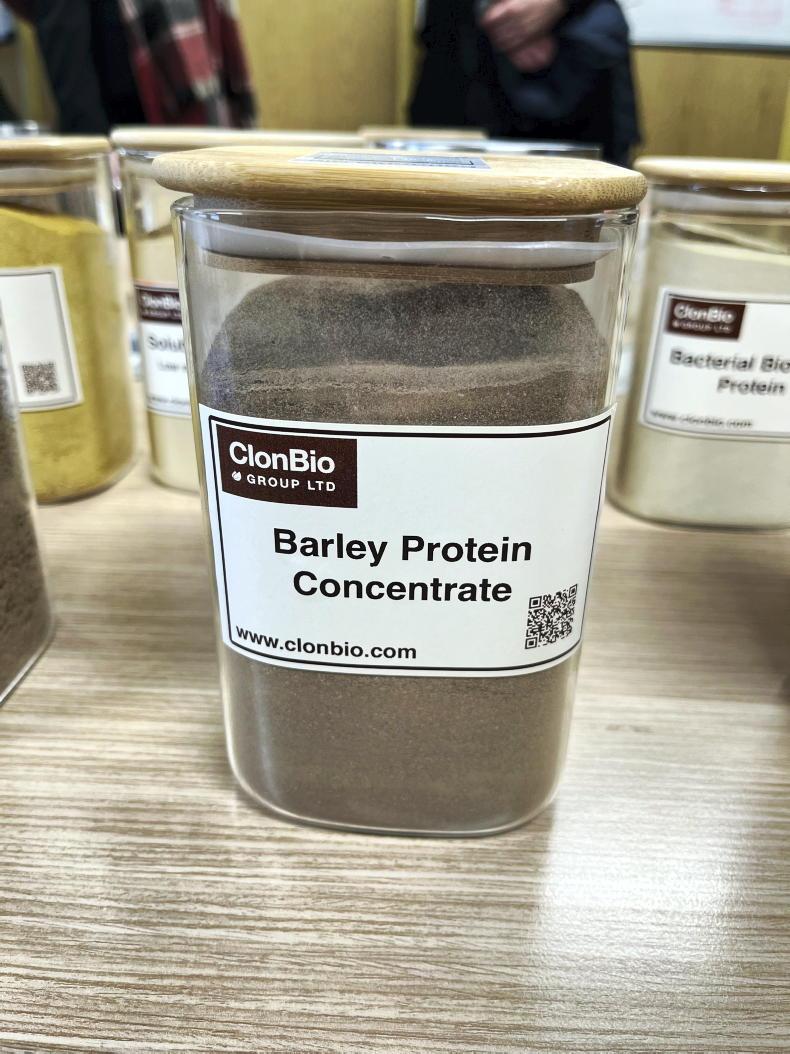
The 65% barley protein product.
The Irish Farmers Journal recently visited the company’s flagship plant in Hungary along with a delegation from the Irish Bioeconomy Forum.

Members of the Irish Bioeconomy Forum.
Continued investment
Clonbio’s primary processing facility, spanning 100ac, is located an hour outside of Budapest along the Danube. The company was founded and built by Dublin native Mark Turley, who began his entrepreneurial journey by selling cars in Rathdown at the age of 18. From there, he moved to property and after finding success in the European property market, in 2008, he turned his attention to renewable energy.
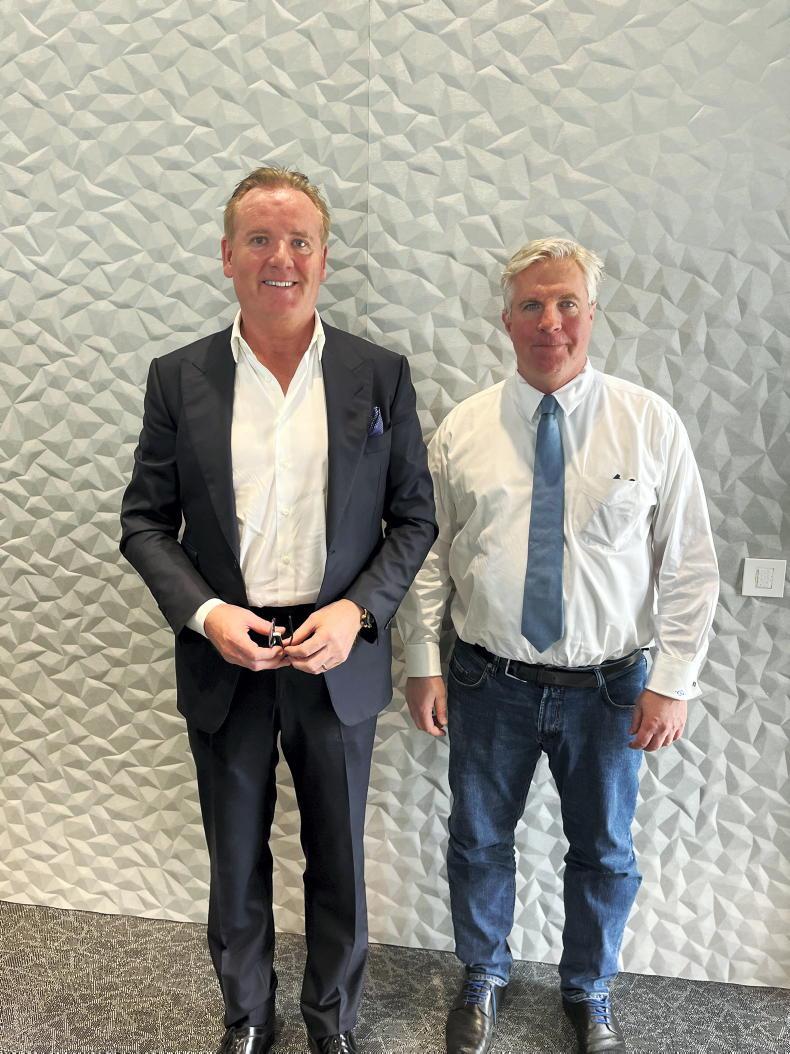
Mark Turley, founder and chief executive (left) and Eric Sievers, investment director (right).
According to Mark, he evaluated various technologies, such as anaerobic digestion (AD), solar, wind, incineration, biomass and biodiesel, but ultimately found that none of them were practical without subsidies. The exception was ethanol, which could be produced at a competitive cost and easily blended into fuels, resulting in a minimum of a 70% reduction in greenhouse gas (GHG) emissions.
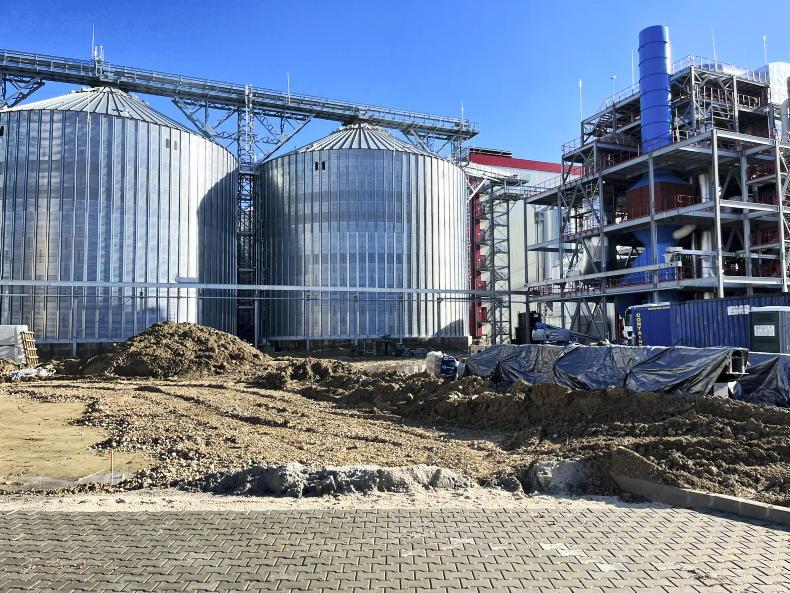
The barley protein plant can process up to 300,000t of barley each year.
At the time, there was no mandate to include ethanol in fuels in Europe, but since then, a biofuel mandate has been introduced in most countries. After assessing multiple types of ethanol plants, he settled on a US brand, Fagan ICM, which was in operation in 94 other locations across the world. Mark decided to locate the plant in Hungary, in part due to the country’s large agricultural area and good connectivity to Europe.
The plant was turn-key and followed a standardised design and technology. However, this standardisation resulted in inefficiencies, particularly when it came to electricity and gas use. At the time, energy prices were significantly higher in Europe than in the US, so work began to improve the efficiency of the plant immediately.
Like most ethanol plants in the US, the primary ingredient used is maize. Approximately 1.3m tonnes are sourced annually from local farmers to supply the plant.
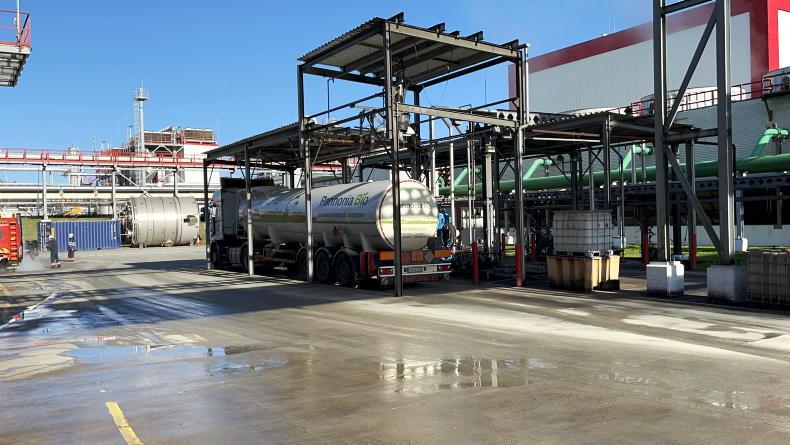
The ethanol is transported to the train in a lorry for export to Europe.
Ethanol is an alcohol that is typically made by fermenting and distilling grains. The maize is ground to create a mash, which is then mixed with water and enzymes to break down the starches in the grain into simple sugars. Next, yeast is added to the mixture, which ferments the sugars and produces ethanol and carbon dioxide.
The mixture is then distilled and purified, producing around half a billion litres of standard grade ethanol annually. This represents around 15% of Europe’s total capacity.
The remaining mash is dried and sold as dried distillers grain, which is used for animal feed. Around 400,000t of feed (33-34% protein content) is produced each year and helps to reduce Europe’s dependency on imported soya meal. Clonbio estimates that protein rich feed from the EU biofuels sector cuts soya import demand by over a quarter.
Zero waste
The Fagan ICM ethanol plant was designed to be zero waste, with a focus on recycling all materials. The process generates large quantities of waste water, which is recycled back into the fermenters.
However, the waste water contains a wide variety of fats, fibres and proteins. Work soon began on developing new methods at the plant to separate each component from the waste water, creating various new products.
The waste water contains soluble protein, which, when extracted, could raise the protein content of dried distillers grains to 37%. However, by drying and processing it separately, they discovered that they could produce a new protein product of 55% protein content suitable for human consumption.
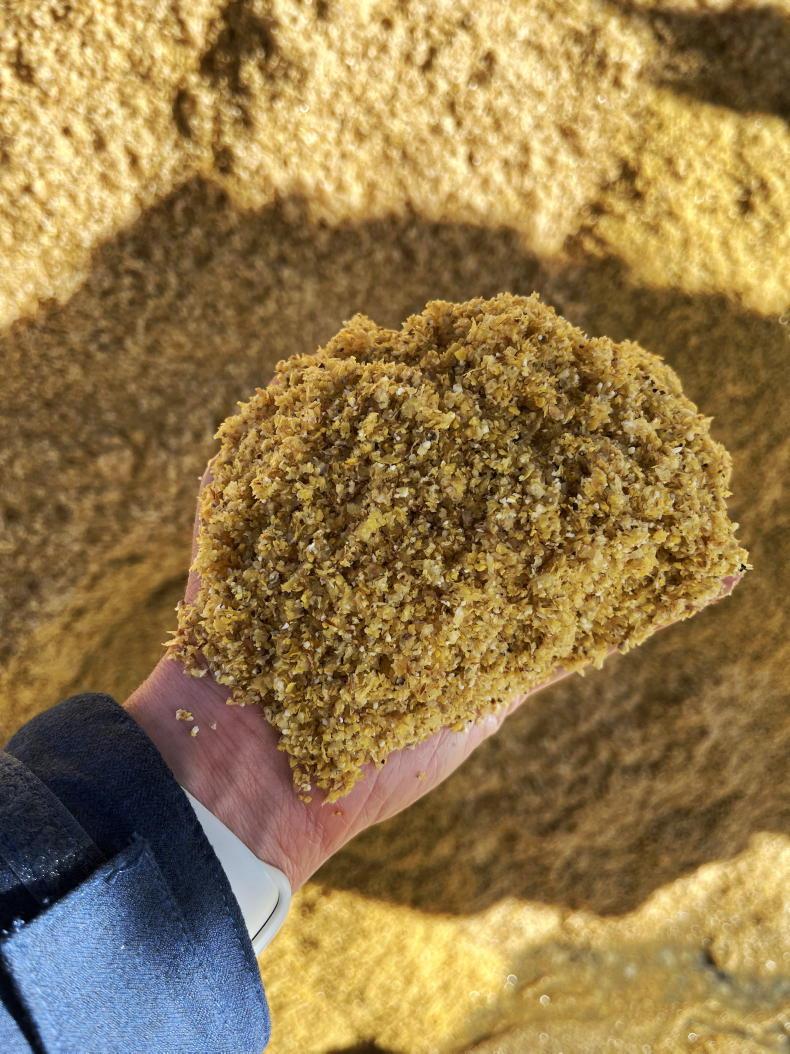
The separated fibre is used as feedstock for the AD plant.
This could compete with traditional sources of plant protein made from peas and beans for alternative meat markets. They recently built a plant on the site capable of producing 55,000t of this new plant protein annually.
They were also able to extract a soluble fibre product from the grain, which is one of their most promising new products.
When extracted, the product can be used as a natural food sweetener with probiotic properties. They are just months away from commissioning a new plant built to extract this fibre.
After these processes, they found that the water still had usable nutrients. So, they created a new system that uses these nutrients to feed bacteria, producing a 75% animal protein product in less than 20 hours through aerobic fermentation. The clean water is then reused back in the fermenters.
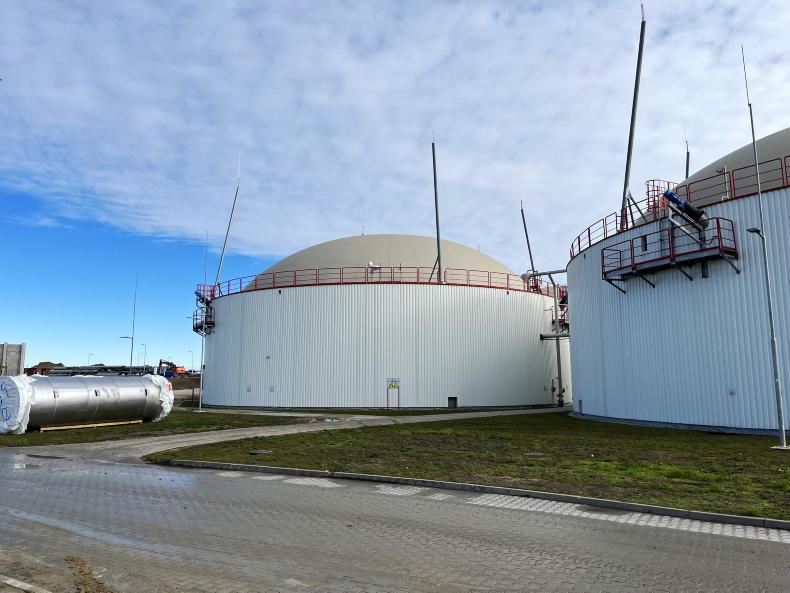
The AD plants produce 20% of the facility's energy requirements.
To improve efficiency even further, they developed the world’s first maize fibre separation plant to remove around 3.5% of insoluble fibre from the grain before fermentation.
This fibre can be processed further into a number of products, but requires high amounts of energy to do so. Therefore, most of the fibre is used as feedstock for the on-site AD plants.
These AD plants produce 3,400m3 of biogas per hour using only maize fibre, supplying 20% of the site’s power. They aim to expand the AD plant this year, while facilities for upgrading to biomethane and injection into the gas grid are already commissioned.

Digestate produced from the AD plant.
The AD plant generates a large amount of digestate, which is further processed, dried and pelletised to produce 10,000t of low carbon organic biofertiliser annually.
The only waste coming from the plant is vapour from multiple processes. After exploring various uses for this, they settled on a German mechanical vapour recompression system, which recovers energy from ethanol vapour, making it available for process heat, considerably reducing external gas usage.
Barley protein

The barley protein plant can process up to 300,000t of barley each year.
At the time of visiting the plant, they were just months away from commissioning a new barley protein plant, the first of its kind in the world.
Covering 10ac, the plant will extract a 65% protein product from barley and, with its neutral flavour and versatility, the team believe this product will become a strong competitor to conventional plant protein sources. When fully operational, the plant will be able to process 300,000t of barley.
Future of ethanol
Mark and the team are continually expanding the business to diversify the original ethanol plant from fuel production. The European ethanol industry faces intense competition from lower-cost imports from South and North America and is struggling with high energy prices. In the previous year, only half of the plant’s output was fuel ethanol, the rest being sold for use in industrial products like solvents and sanitisers. By the end of the month, they will commission a new plant on-site to produce high-quality extra neutral alcohol, suitable for use in food, technology, medical and other high-end industries.
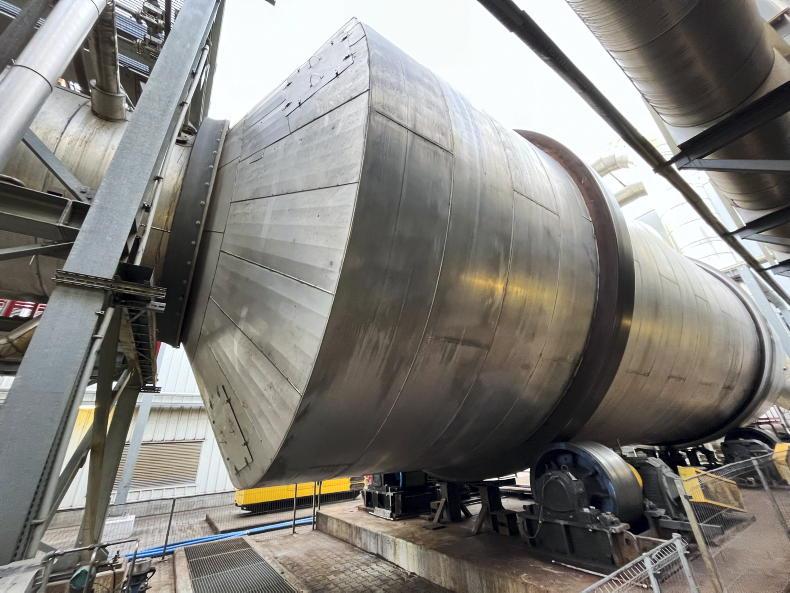
One of the dryers to produce dried distillers grain.
Clonbio has also invested in a range of AD, solar, wind and ethanol projects across Europe and the US.
Integration
Since its construction in 2012, the plant has trebled in size. As a result, it has become highly complex and interlinked with eight control centres for processes dotted around the site. These control centres are soon to be relocated to a new, high-tech €3m central hub.

The new €3m control centre.
Mark notes that a single malfunction can affect the entire plant, so they needed to develop the new control centre to be able to share information effectively among key engineers.
In 2021, Clonbio acquired a stake in Kildare-based business Green Generation, which was established by Billy Costello in 2012. Green Generation operates an AD plant and runs the only onshore gas injection facility in Ireland, where it manages renewable gas from other AD operators on the island.
Green Generation also recycles mixed plastics (from food waste packaging) and has commissioned the first commercial scale plastics upcycling plant, which uses patented Polymer Alloy Technology Teoranta (paltech) technology.
Paltech technology recycles plastic food waste packaging into heavy duty items such as electricity poles and road barriers. Clonbio say it is hoping Irish infrastructure bodies will support product and market development efforts for this product as part of their circular economy commitments..
It believes the technology can help solve a substantial portion of Ireland’s waste plastic challenge. In total, Clonbio has invested over €25m in biogas and plastics development in Ireland in the last couple of years.
Innovation is key to the success of many agribusiness companies. Dairy co-ops, for example, have used this approach to transform their primary ingredient and waste streams, milk and whey, into high-value products to become major players in the international food industry.
Clonbio Group, an Irish-owned renewable energy and nutrition company based in Hungary, has adopted a similar strategy and is rapidly diversifying from primarily producing maize-ethanol for fuel to a range of high-value products. In a little over 10 years, the company has grown to rival the successes of major Irish food companies like Kerry Group and Glanbia.

The range of food and feed products produced by Clonbio.

The 65% barley protein product.
The Irish Farmers Journal recently visited the company’s flagship plant in Hungary along with a delegation from the Irish Bioeconomy Forum.

Members of the Irish Bioeconomy Forum.
Continued investment
Clonbio’s primary processing facility, spanning 100ac, is located an hour outside of Budapest along the Danube. The company was founded and built by Dublin native Mark Turley, who began his entrepreneurial journey by selling cars in Rathdown at the age of 18. From there, he moved to property and after finding success in the European property market, in 2008, he turned his attention to renewable energy.

Mark Turley, founder and chief executive (left) and Eric Sievers, investment director (right).
According to Mark, he evaluated various technologies, such as anaerobic digestion (AD), solar, wind, incineration, biomass and biodiesel, but ultimately found that none of them were practical without subsidies. The exception was ethanol, which could be produced at a competitive cost and easily blended into fuels, resulting in a minimum of a 70% reduction in greenhouse gas (GHG) emissions.

The barley protein plant can process up to 300,000t of barley each year.
At the time, there was no mandate to include ethanol in fuels in Europe, but since then, a biofuel mandate has been introduced in most countries. After assessing multiple types of ethanol plants, he settled on a US brand, Fagan ICM, which was in operation in 94 other locations across the world. Mark decided to locate the plant in Hungary, in part due to the country’s large agricultural area and good connectivity to Europe.
The plant was turn-key and followed a standardised design and technology. However, this standardisation resulted in inefficiencies, particularly when it came to electricity and gas use. At the time, energy prices were significantly higher in Europe than in the US, so work began to improve the efficiency of the plant immediately.
Like most ethanol plants in the US, the primary ingredient used is maize. Approximately 1.3m tonnes are sourced annually from local farmers to supply the plant.

The ethanol is transported to the train in a lorry for export to Europe.
Ethanol is an alcohol that is typically made by fermenting and distilling grains. The maize is ground to create a mash, which is then mixed with water and enzymes to break down the starches in the grain into simple sugars. Next, yeast is added to the mixture, which ferments the sugars and produces ethanol and carbon dioxide.
The mixture is then distilled and purified, producing around half a billion litres of standard grade ethanol annually. This represents around 15% of Europe’s total capacity.
The remaining mash is dried and sold as dried distillers grain, which is used for animal feed. Around 400,000t of feed (33-34% protein content) is produced each year and helps to reduce Europe’s dependency on imported soya meal. Clonbio estimates that protein rich feed from the EU biofuels sector cuts soya import demand by over a quarter.
Zero waste
The Fagan ICM ethanol plant was designed to be zero waste, with a focus on recycling all materials. The process generates large quantities of waste water, which is recycled back into the fermenters.
However, the waste water contains a wide variety of fats, fibres and proteins. Work soon began on developing new methods at the plant to separate each component from the waste water, creating various new products.
The waste water contains soluble protein, which, when extracted, could raise the protein content of dried distillers grains to 37%. However, by drying and processing it separately, they discovered that they could produce a new protein product of 55% protein content suitable for human consumption.

The separated fibre is used as feedstock for the AD plant.
This could compete with traditional sources of plant protein made from peas and beans for alternative meat markets. They recently built a plant on the site capable of producing 55,000t of this new plant protein annually.
They were also able to extract a soluble fibre product from the grain, which is one of their most promising new products.
When extracted, the product can be used as a natural food sweetener with probiotic properties. They are just months away from commissioning a new plant built to extract this fibre.
After these processes, they found that the water still had usable nutrients. So, they created a new system that uses these nutrients to feed bacteria, producing a 75% animal protein product in less than 20 hours through aerobic fermentation. The clean water is then reused back in the fermenters.

The AD plants produce 20% of the facility's energy requirements.
To improve efficiency even further, they developed the world’s first maize fibre separation plant to remove around 3.5% of insoluble fibre from the grain before fermentation.
This fibre can be processed further into a number of products, but requires high amounts of energy to do so. Therefore, most of the fibre is used as feedstock for the on-site AD plants.
These AD plants produce 3,400m3 of biogas per hour using only maize fibre, supplying 20% of the site’s power. They aim to expand the AD plant this year, while facilities for upgrading to biomethane and injection into the gas grid are already commissioned.

Digestate produced from the AD plant.
The AD plant generates a large amount of digestate, which is further processed, dried and pelletised to produce 10,000t of low carbon organic biofertiliser annually.
The only waste coming from the plant is vapour from multiple processes. After exploring various uses for this, they settled on a German mechanical vapour recompression system, which recovers energy from ethanol vapour, making it available for process heat, considerably reducing external gas usage.
Barley protein

The barley protein plant can process up to 300,000t of barley each year.
At the time of visiting the plant, they were just months away from commissioning a new barley protein plant, the first of its kind in the world.
Covering 10ac, the plant will extract a 65% protein product from barley and, with its neutral flavour and versatility, the team believe this product will become a strong competitor to conventional plant protein sources. When fully operational, the plant will be able to process 300,000t of barley.
Future of ethanol
Mark and the team are continually expanding the business to diversify the original ethanol plant from fuel production. The European ethanol industry faces intense competition from lower-cost imports from South and North America and is struggling with high energy prices. In the previous year, only half of the plant’s output was fuel ethanol, the rest being sold for use in industrial products like solvents and sanitisers. By the end of the month, they will commission a new plant on-site to produce high-quality extra neutral alcohol, suitable for use in food, technology, medical and other high-end industries.

One of the dryers to produce dried distillers grain.
Clonbio has also invested in a range of AD, solar, wind and ethanol projects across Europe and the US.
Integration
Since its construction in 2012, the plant has trebled in size. As a result, it has become highly complex and interlinked with eight control centres for processes dotted around the site. These control centres are soon to be relocated to a new, high-tech €3m central hub.

The new €3m control centre.
Mark notes that a single malfunction can affect the entire plant, so they needed to develop the new control centre to be able to share information effectively among key engineers.
In 2021, Clonbio acquired a stake in Kildare-based business Green Generation, which was established by Billy Costello in 2012. Green Generation operates an AD plant and runs the only onshore gas injection facility in Ireland, where it manages renewable gas from other AD operators on the island.
Green Generation also recycles mixed plastics (from food waste packaging) and has commissioned the first commercial scale plastics upcycling plant, which uses patented Polymer Alloy Technology Teoranta (paltech) technology.
Paltech technology recycles plastic food waste packaging into heavy duty items such as electricity poles and road barriers. Clonbio say it is hoping Irish infrastructure bodies will support product and market development efforts for this product as part of their circular economy commitments..
It believes the technology can help solve a substantial portion of Ireland’s waste plastic challenge. In total, Clonbio has invested over €25m in biogas and plastics development in Ireland in the last couple of years.

















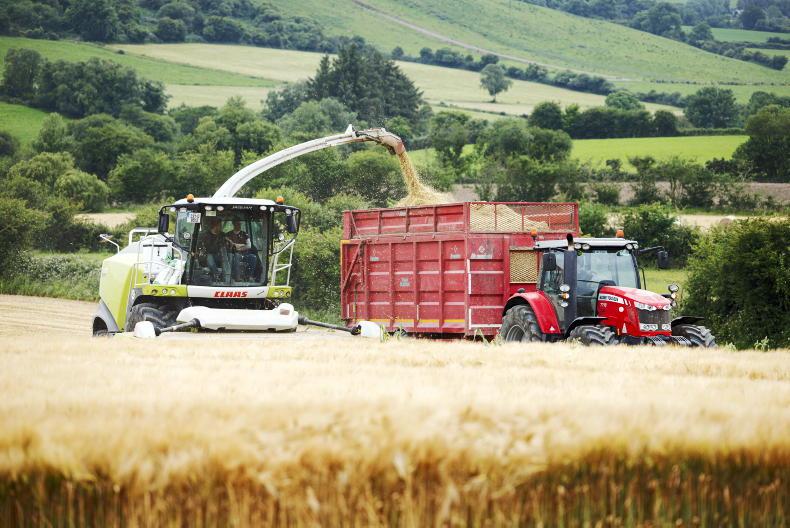

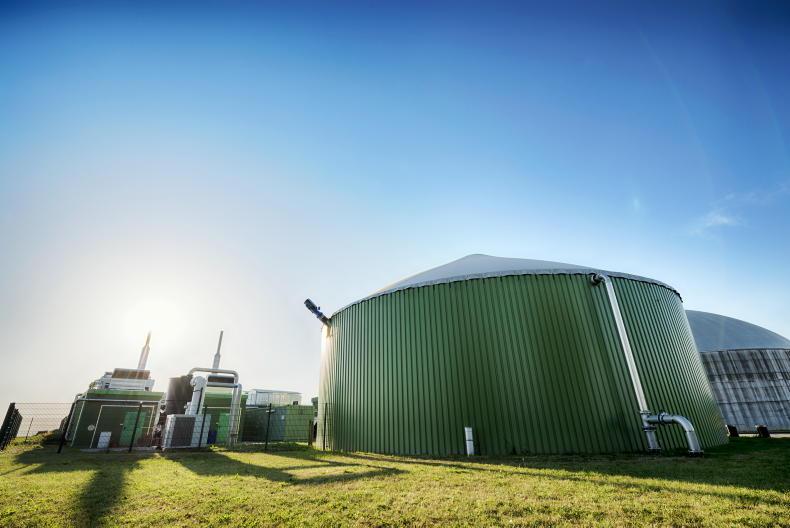
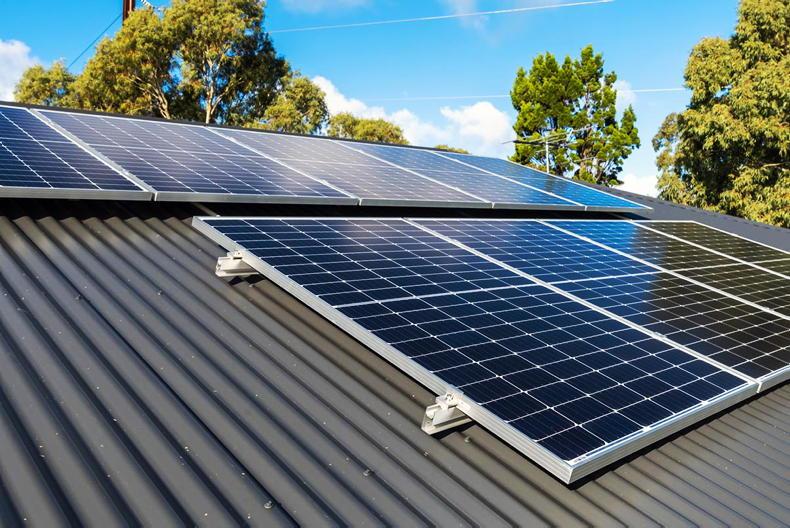
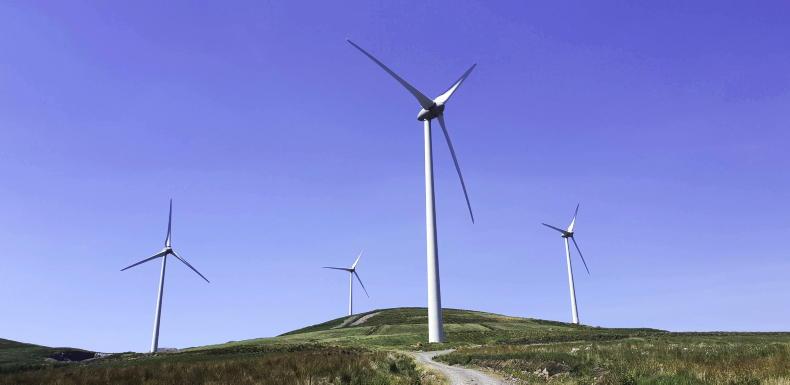
SHARING OPTIONS